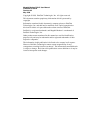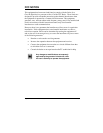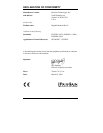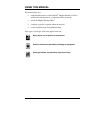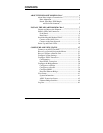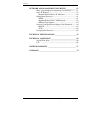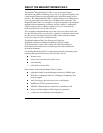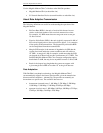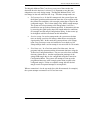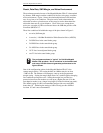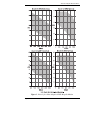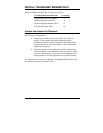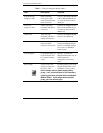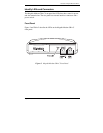
About the Megabit Modem CRA-C
2 Megabit Modem CRA-C User Manual
Use the Megabit Modem CRA-C with these other PairGain products:
•
Megabit Modem CRA (at subscriber site)
•
S1 Network Interface Device (network interface at subscriber site)
About Rate Adaptive Transmission
The following definitions are useful for understanding the operation of the
Megabit Modem:
•
Bit Error Rate (BER) is the ratio of received bits that are in error
relative to the total number of bits received, measured over time.
For example, 10
-7
BER means that on average one error occurs per
10
7
bits received.
•
Signal to Noise Ratio (SNR) is the ratio (typically expressed in dB) of
the received signal power to the received noise power. It is a measure
of the quality of the transmission. The theoretically achievable BER
can be extrapolated from the measured SNR.
•
Margin (SNR margin) is the amount of degradation in SNR that the
system can tolerate under the current conditions and still achieve a
10
-7
BER. A margin of 6 dB, for example, would mean that the SNR
can degrade by 6 dB and still provide a performance of 10
-7
BER. The
PairGain Megabit Modem CRA-C has a margin configuration option
that defaults to 6 dB, but may be set anywhere between -3 dB to 9 dB.
•
Reach is the longest loop length that the system can support with
a given margin and a BER of less than 10
-7
at the given data rate.
Rate Adaptation
With PairGain's rate adaptive technology, the Megabit Modem CRA-C
can automatically adjust to the fastest speed possible, given the transmission
distance and line conditions. Alternatively, the provider can manually set
the modem to a specific rate. The available data rates are:
•
downstream (transmit) rates: 3.168 Mbps, 2.528 Mbps, 2.208 Mbps,
1.888 Mbps, 1.568 Mbps, 1.248 Mbps, 928 Kbps, 608 Kbps
•
upstream (receive) rates: 1.080 Mbps, 944 Kbps, 808 Kbps, 672 Kbps,
536 Kbps, 400 Kbps, 264 Kbps, 82.66 Kbps



